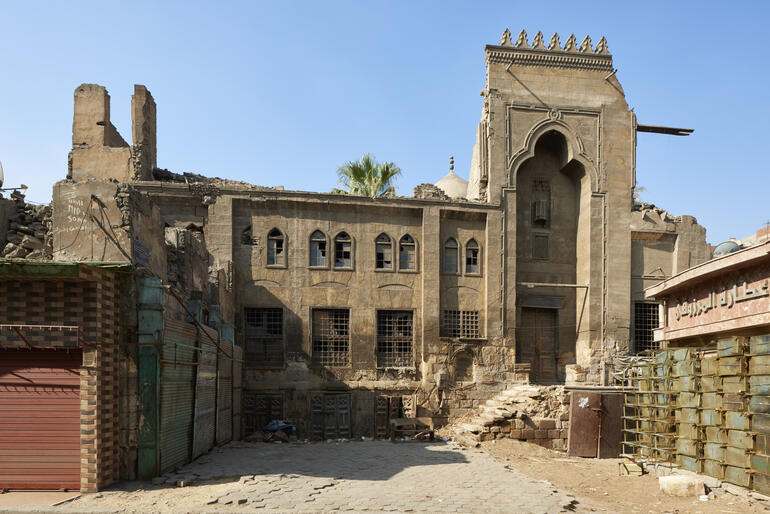
A first in the heart of Cairo
Takiyyat Ibrahim al-Gulshani was built between 1519 and 1524 by Ibrahim al-Gulshani, an influential Sufi shaykh from Azerbaijan whose life in Cairo bridged the period between Mamluk and Ottoman rule. The complex was the first religious foundation established in Cairo after the Ottoman conquest in 1517, and the first to be named a takiyyat, or a residential religous complex.
It consists of architectural features including a freestanding mausoleum, mosque, kitchen, shops, and apartments built for al-Gulshani's devoted followers and family members.
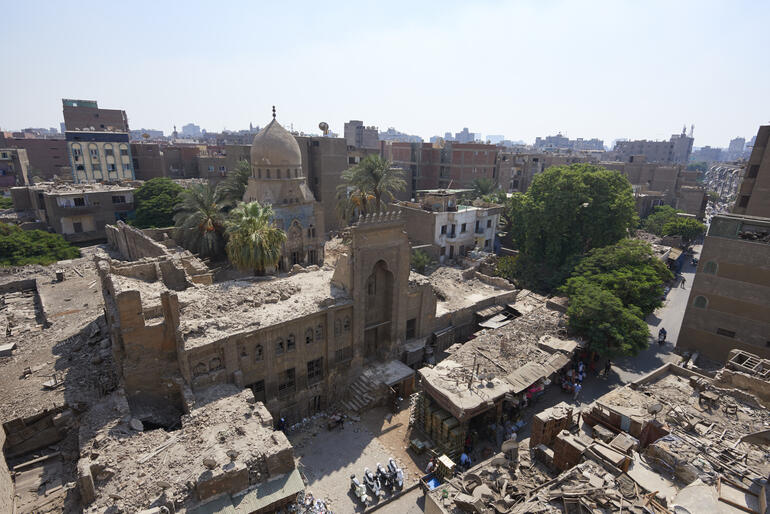
2018 World Monuments Watch
Today, Takiyyat Ibrahim al-Gulshani complex lies in various states of ruin, a victim of financial limitations, earthquakes, looting, and changing religious administrative structures. The complex was included on the 2018 World Monuments Watch to launch a dialogue about the restoration and future use of Takiyyat Ibrahim al-Gulshani as a case study for rehabilitating other sites of its type.
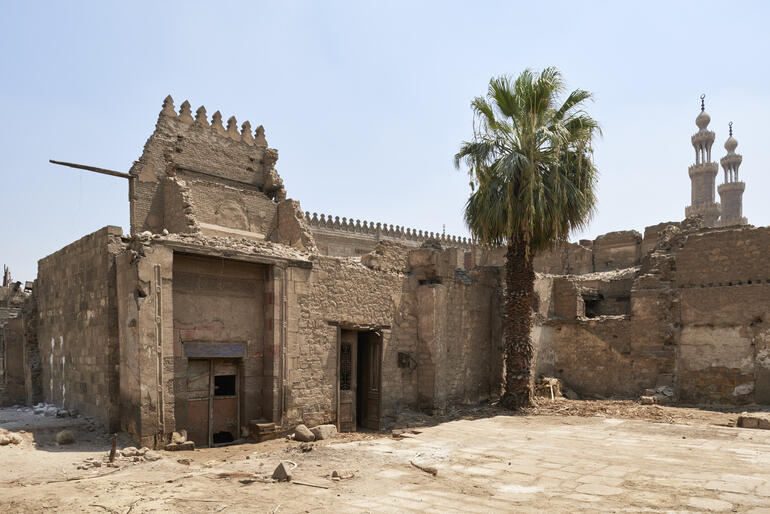
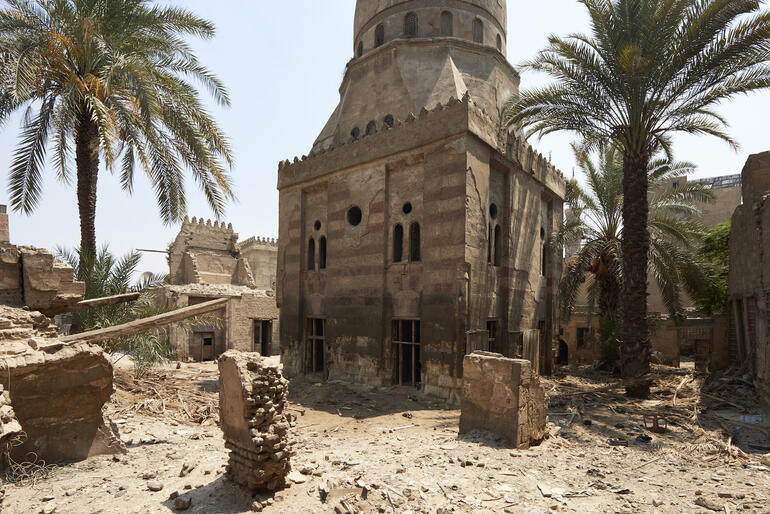
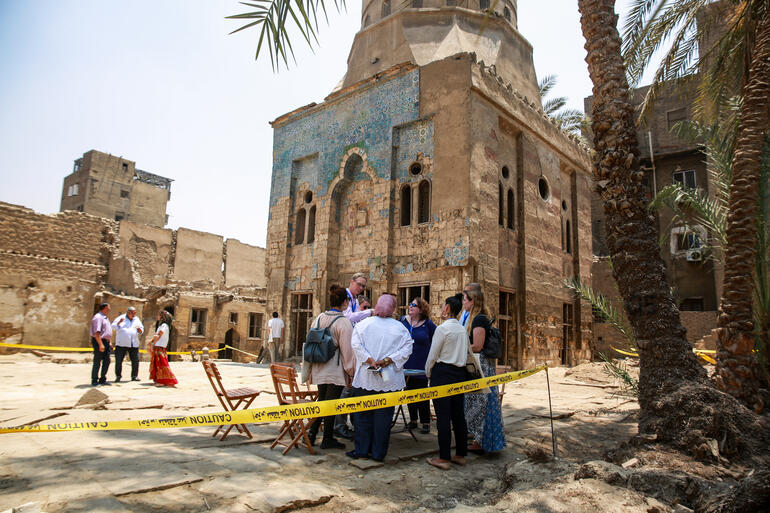
Watch Day 2019
As part of inclusion on the 2018 Watch, Watch Day was held at the historic complex to celebrate its history and significance, and to engage different types of stakeholders—from comunity activists to government dignitaries—in a conversation on the future of the site.
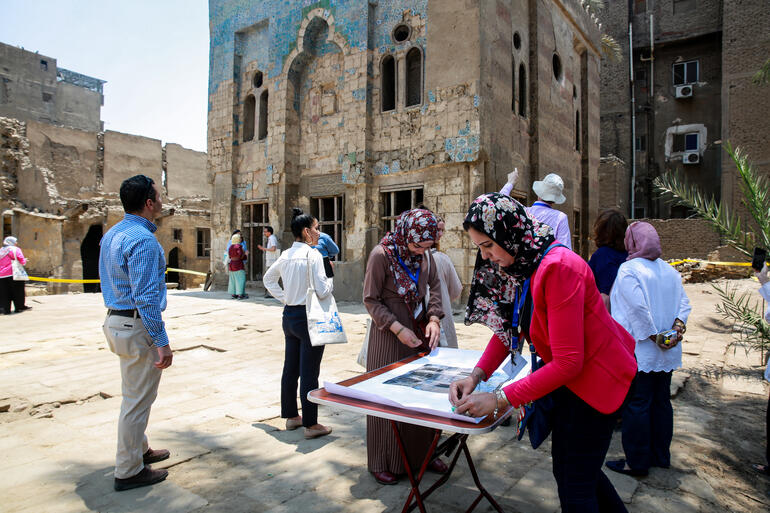
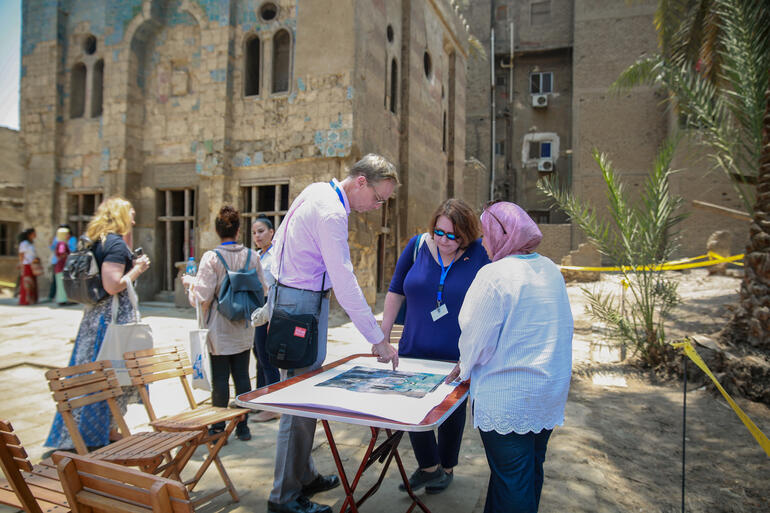
Watch Day brought together many site stakeholders, including representatives from the surrounding community, local NGOs, university students, artists, and the Egyptian Ministry of Antiquities. The day sought to explore the future use of the site through conservation and preservation.

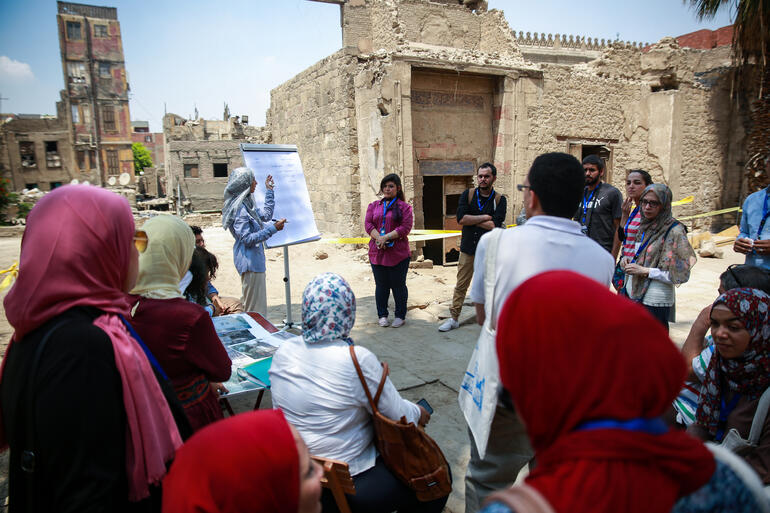
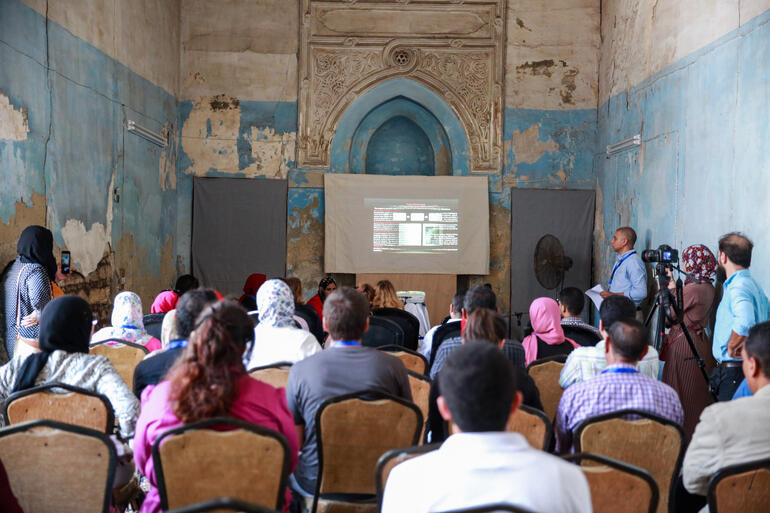
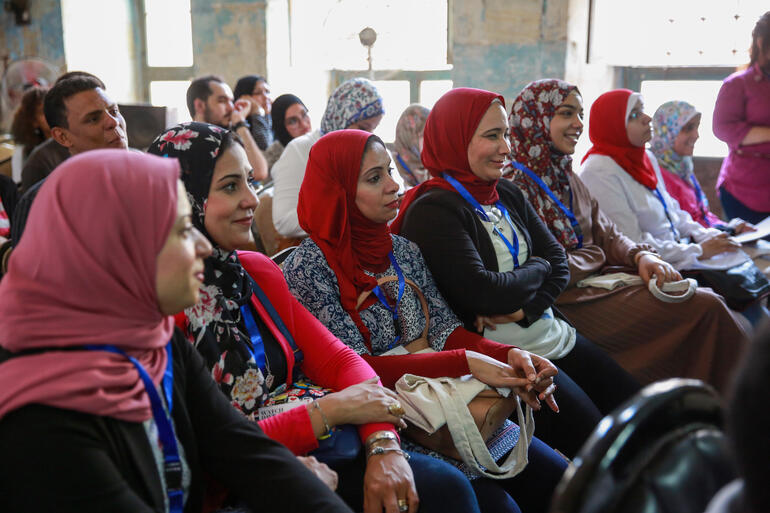
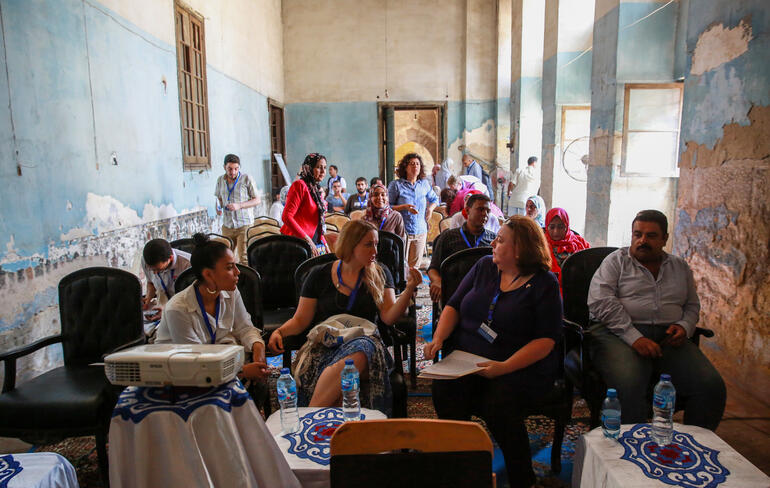
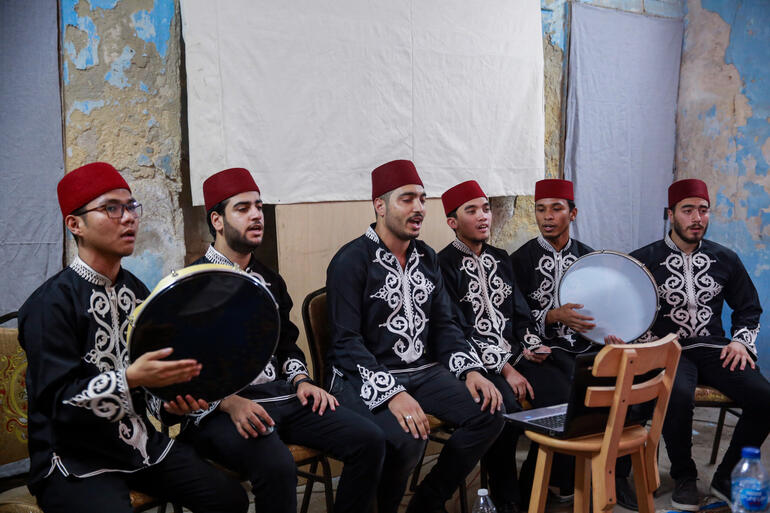
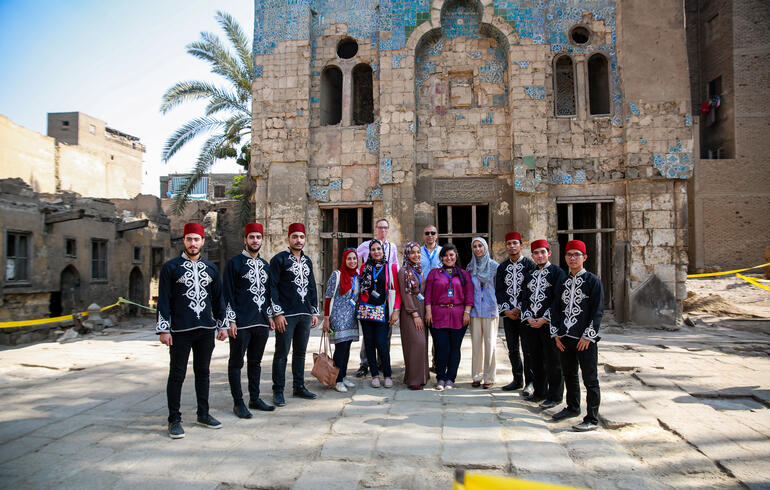
Special thanks to American Express, founding sponsor of the World Monuments Watch, the US State Department's Ambassadors Fund for Cultural Preservation, and the Ministry of Antiquities in Egypt for making Watch Day and work at this important site possible.
